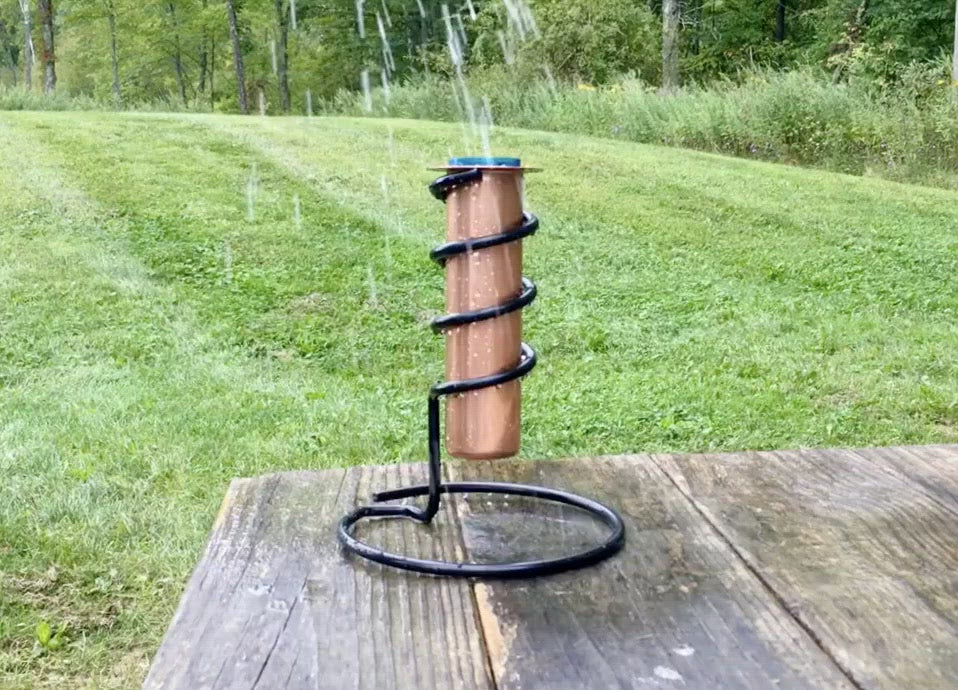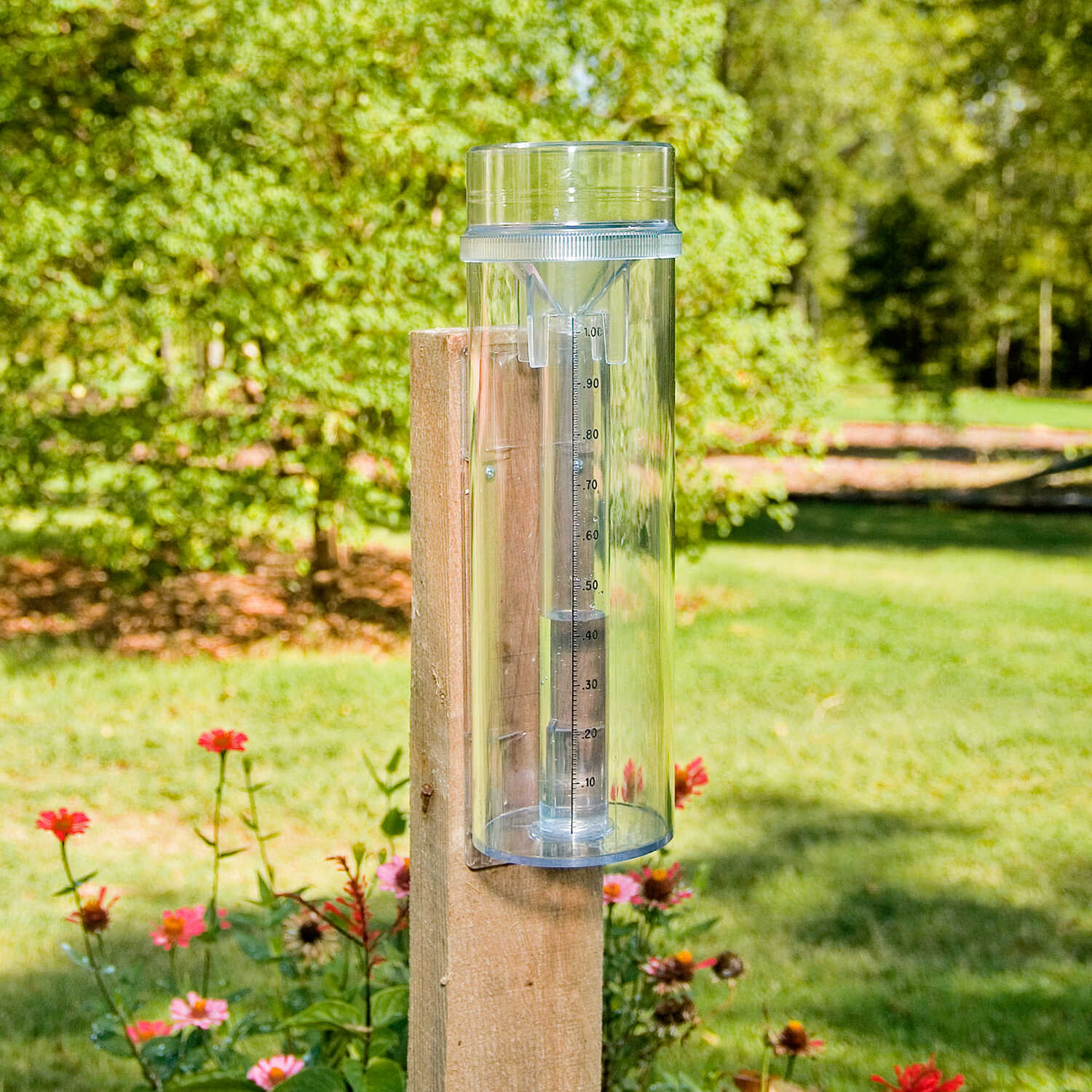Study The Rain Gauge: From Historic Advancement to Modern Applications
Study The Rain Gauge: From Historic Advancement to Modern Applications
Blog Article
Understanding Rain Gauge Dimensions: A Total Overview
Comprehending Rain Gauge Measurements: A Total Overview is a thorough source for any person looking for a deeper understanding of rain scale dimensions. Whether you are a specialist in the area or just have a curiosity concerning rains measurement, this guide will certainly furnish you with the understanding needed to efficiently make use of rainfall gauge measurements.
The Significance of Rainfall Scale Measurements
The relevance of rainfall gauge dimensions hinges on their duty as an important tool for accurately checking and examining precipitation degrees - The Rain Gauge. Rainfall gauge measurements offer important data that aids meteorologists and hydrologists understand patterns and fads in rainfall, which in turn help in numerous areas such as farming, water source administration, and climate study

Precise rainfall dimensions are crucial for farming as they assist in figuring out watering demands, plant growth, and yield forecasts. Farmers rely on this info to make informed choices concerning when to water their crops, stopping water wastage and making sure optimum plant health. Furthermore, rains information helps in assessing the impact of dry spells or excessive rains on plant production, allowing farmers to take proper actions to decrease losses.
Water resource management heavily depends on rainfall gauge dimensions to identify the quantity of water offered in lakes, rivers, and reservoirs. Specific dimensions enable water supervisors to make enlightened decisions about water allotment and circulation, guaranteeing sustainable usage and preventing shortages. This information is especially crucial in regions where water shortage is a pushing concern.
Furthermore, rain scale dimensions play a crucial role in environment research study. By properly determining rainfall over expanded durations, scientists can assess long-lasting climate patterns and determine adjustments in rainfall patterns due to climate adjustment. This data helps researchers and policymakers develop approaches to adjust to and minimize the impacts of climate adjustment.
Kinds Of Rain Scales
There are different types of rainfall determines utilized to measure precipitation accurately. Each kind has its very own benefits and restrictions, making them suitable for various functions and environments.
One of the most usual kind of rain scale is the common round scale. It consists of a round container with a wide funnel-shaped top to accumulate rain (The Rain Gauge). The water is then channelled right into a finished gauging tube, permitting for exact measurement of the quantity of rainfall
One more kind is the evaluating rainfall gauge. Considering rainfall determines are particularly beneficial in locations with frozen rainfall or heavy rainfall, as they are not influenced by splashing or dissipation.
Tipping bucket rainfall evaluates utilize a system that ideas a little bucket each time it accumulates a particular amount of rainwater. The number of suggestions is videotaped and used to compute the rainfall. This kind of scale is generally made use of in automated weather stations because of its low upkeep demands and ability to provide real-time data.
Finally, there are radar-based rainfall evaluates that usage radar innovation to approximate rains. These determines determine the intensity of rains in a details area by evaluating the shown radar signals. They are especially beneficial for gauging precipitation over big locations or in remote areas.
How Rainfall Scale Measurements Work
Rain gauge measurements are based upon the principle of gauging the amount and gathering of rainfall. These tools are made to record rainwater and provide a precise dimension of the rains in a specific area.
The most typical kind of rainfall scale is the basic cylindrical scale. It consists of a round container with a wide opening on top to gather rainwater. The accumulated water is then channelled into a gauging tube, which is calibrated to provide the measurement in units of length, typically inches or millimeters.
An additional kind of rain gauge is the Going Here tipping container scale. It makes use of a seesaw-like system with two containers that tip when they reach a particular weight limit. Each suggestion of the pail represents a details quantity of rains, permitting exact measurements.
Some innovative rain gauges are outfitted with electronic sensing units that automatically record and send data. These sensing units use different technologies such as ultrasound or laser to determine the amount of rains properly.
Elements Influencing Rain Scale Precision
Environmental factors such as wind, temperature, and climatic stress can significantly influence the precision of rain gauge measurements. Modifications in climatic pressure can also impact the accuracy of rainfall gauge dimensions, as they can modify the price at which rainfall is collected.
Functional variables, on the other hand, refer to aspects associated with the design, setup, and upkeep of the rain gauge. The positioning of the rainfall scale in a location with blocked air flow or near buildings or trees can result in imprecise analyses because of blockage or splattering of rains. Incorrect calibration or irregular upkeep of the rain scale can additionally influence its accuracy.
To ensure the precision of rain scale dimensions, it is necessary to consider these variables and take proper measures. This may include choosing a suitable location for the rain scale, ensuring proper installation and upkeep, and frequently adjusting the instrument. By addressing these variables, precise and dependable rains dimensions can be obtained, which are essential for numerous applications such as weather condition projecting, hydrological research studies, and farming.
Tips for Accurately Determining Rain
To guarantee specific rains dimensions, it is crucial to execute particular techniques and methods when using a rainfall gauge. Here are some pointers for accurately determining rains:
Correct Placement: Position the rain Read More Here gauge in an open location, far from trees, structures, and other blockages that might hinder the rainfall collection. It ought to be placed on a degree surface to avoid water pooling or overflow.

Review the Range Correctly: When taking measurements, read the water level at eye level from the bottom of the curve. Avoid parallax mistakes by straightening your sight directly with the water degree.
Regular Time Period: Set a constant time interval for determining rainfall, such as every 24 hr This Site or after each rains event. This guarantees exact monitoring and comparison of precipitation information.
Document Measurements Immediately: Videotape rains dimensions asap after collection to prevent evaporation or splilling. Use a rain scale with an integrated information logging function for automatic recording.
Verdict
In verdict, comprehending rainfall gauge measurements is vital for accurately determining rains. It is essential to consider variables that can impact the precision of rain gauge dimensions, such as placement, dissipation, and wind.
Understanding Rainfall Scale Measurements: A Complete Overview is a comprehensive source for any individual looking for a much deeper understanding of rainfall scale measurements. Whether you are a professional in the field or simply have an interest concerning rainfall measurement, this guide will certainly outfit you with the expertise required to effectively use rainfall scale dimensions.
The most usual kind of rainfall scale is the conventional round scale.The most usual type of rainfall gauge is the conventional round scale.An additional kind of rainfall scale is the tipping pail gauge.
Report this page